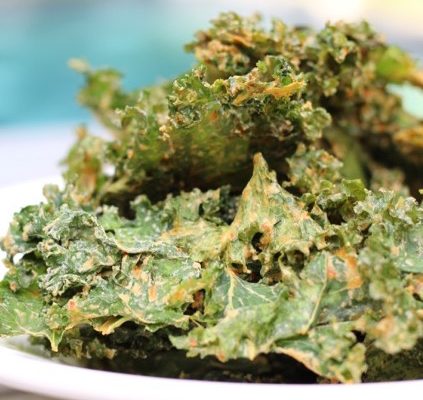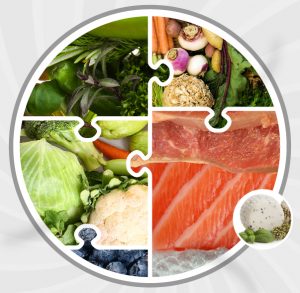Irritable Bowel Syndrome (IBS) is a problem I see so often in clinic and it is problematic on many different levels. If you have been diagnosed with this condition, you may well have been suffering with it for years. While a diagnosis can – at first– offer comfort in finally having a recognised problem, the satisfaction is frequently short-lived because often that’s where all support ends, and you’re left no further forward in actually getting to the root causes and resolving the symptoms.
The difficulty begins because IBS is a catch-all term used to encompass a huge variety of digestive issues, including stomach cramps, bloating, diarrhoea, constipation, easily feeling full, nausea and heartburn. There are also non-digestive symptoms which often accompany IBS such as anxiety, fatigue, headaches, muscle aches, an unpleasant taste in the mouth and a frequent need to urinate. Each person’s experience with IBS is a bit different, and certain symptoms often seem to be stronger or more frequent than others.
In my experience, some of the underlying causes of IBS symptoms are likely to include one or more of the following five conditions.
1. SIBO (Small Intestine Bacterial Overgrowth)
Around 60% of people with IBS will have SIBO. Though you might have heard about good (and bad) bacteria in the gut, really what experts are talking about is the balance of bacteria. While bacteria naturally occur throughout the digestive tract, in a healthy system, the small intestine has relatively low levels of bacteria, whereas the highest concentration should be in the colon in the large intestine.
Bacteria are moved down into the large intestine during fasting at night and between meals, clearing them from the small intestine (SI) on a daily basis. This flush is called the ‘migrating motor complex’. For a huge variety of reasons (historic food poisoning being the most common, but also low levels of stomach acid or adhesions play a role, among others) the bacteria are not swept away. The trouble is that with SIBO, as food passes through the small intestine, the bacterial overgrowth actually consumes some of the foods and nutrients, leading to unpleasant symptoms, including gas, bloating and pain.
A breath test can establish which gases are present, and we can devise an action plan based on your results.
2. Lactose intolerance
This is when your body is not able to tolerate lactose, a type of sugar found naturally in milk and other dairy products. Essentially, bacteria in your intestine feed on these milk sugars, leading to a host of IBS symptoms, like bloating and gas, nausea, constipation or diarrhoea.
It can go hand in hand with other digestive complaints, such as coeliac disease or increased intestinal permeability (‘leaky gut’). Lactose intolerance can be diagnosed via a simple at-home breath test.
3. Fructose malabsorption
The symptoms are very similar to lactose intolerance. Fructose (which is found in fruit, honey and many processed foods) is a sugar, which, like lactose, is digested in the small intestine. Some people cannot absorb fructose, and what is not absorbed is fermented by intestinal bacteria, causing bloating, cramping, gas and distension of the stomach. You might also experience brain fog and headaches. A breath test will diagnose the condition.
4. Dysbiosis
This is an imbalance in the levels of beneficial (good) and pathogenic (bad) bacteria in the large intestine or colon. This is now common due to overuse of antibiotics and alcohol, an increase in high sugar diets and stress.
Symptoms can vary from a sluggish bowel or diarrhoea, pain, bloating and flatulence, to chronic bad breath, joint pain, fatigue and food sensitivities. Dysbiosis is also implicated in a variety of health conditions like diabetes, heart disease and obesity. A stool test can help establish whether your gut bacteria are out of balance, along with a host of other markers that are very useful in getting to the root of your digestive problems.
5. Yeast overgrowth
When it’s at proper levels in the body, candida is a fungus that aids with nutrient absorption and digestion. But when candida overproduces it becomes a fungal infection that can affect men and women of all ages in various parts of the body. Symptoms include thrush, gas or bloating, fatigue, bad breath, white coating on tongue, cravings for sweet foods, UTIs, weak immune systems, joint pain and brain fog.
Antibiotics, Birth Control Pills, a weakened immune system and diets high in sugar feed the yeast. A stool test can establish the presence of candida or other yeast overgrowth.
PS: Some people struggle with digestive problems for years. If you are ready to take the first step in getting to the bottom of your digestive problems, I invite you to book to book your FREE 30- min IBS Empowered to Thrive Call now by clicking HERE.



